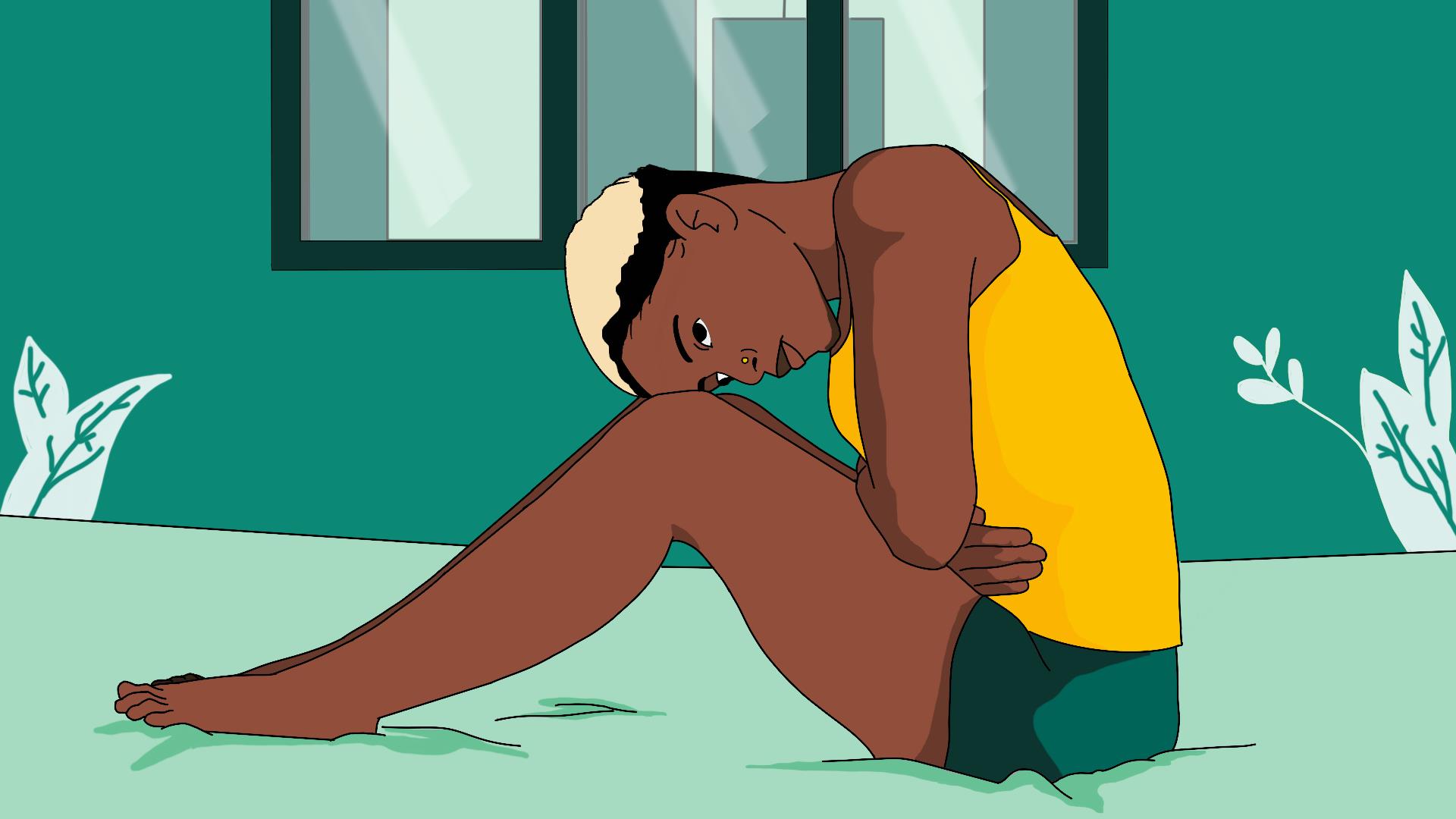🎧 Listen to: Gallstones

Gallstones
Introduction: A growing health concern in Africa?
Many people in Africa suffer from stomach pains and digestion issues but never think much about it. What if we told you that some of these pains could be due to gallstones?
Gallstones are small, hardened substances that form in the gallbladder, a small organ below the liver. These stones are made of digestive fluids, mainly cholesterol. Studies show that gallstones affect about 10-15% of adults worldwide, with increasing cases in African countries due to changes in diet and lifestyle. In Ghana, Nigeria, and Kenya, more people are eating fatty and processed foods, leading to a rise in gallbladder problems.
Gallstones are often harmless, but they can cause severe pain and complications if left untreated. Understanding this condition can help you take charge of your health before it becomes serious.
What are gallstones?
Gallstones are solid lumps that form inside the gallbladder when bile, a fluid that helps digest food, becomes unbalanced. Think of them as tiny “pebbles” in your body. They can be as small as a grain of sand or as large as a golf ball.
Many people have gallstones but never feel any symptoms. However, when a gallstone blocks the flow of bile, it can cause serious pain and discomfort.
How common are gallstones in Africa?
In Africa, gallstones are becoming more frequent due to:
- Increased consumption of fatty and fried foods (e.g., deep-fried meat, fast food, and processed oils).
- More people living with obesity due to reduced physical activity.
- Rising cases of diabetes, a condition linked to gallstones.
- Delayed medical check-ups, meaning many people don’t discover gallstones until complications arise.
A study in Nigeria found that 1 in 10 adults above 40 years has gallstones, but most do not realize it. In East Africa, gallstones are also on the rise, particularly among women due to hormonal changes during pregnancy.
Signs and symptoms of gallstones?
Gallstones can cause:
- Severe stomach pain, especially in the upper right side or middle of the stomach.
- Pain after eating fatty foods (e.g., fried chicken, chips, red meat).
- Nausea and vomiting.
- Bloating and indigestion.
- Yellowing of the skin and eyes (jaundice) – a sign of a blocked bile duct.
- Fever and chills (if there is an infection).
If you experience any of these symptoms, especially after eating, visit a doctor immediately.
What causes gallstones?
Doctors are still studying the exact causes of gallstones, but some possible reasons include:
- Too much cholesterol in the bile, leading to yellow-colored stones.
- Too much bilirubin, a chemical from breaking down red blood cells.
- Poor emptying of bile from the gallbladder, causing bile to become thick and form stones.
Who is at risk?
Some people are more likely to develop gallstones than others. You are at risk if you:
- Eat too many fatty, fried, and processed foods.
- Are overweight or obese.
- Lose weight too quickly (e.g., crash diets).
- Are pregnant.
- Have diabetes.
- Take certain medications, such as birth control pills with high estrogen.
- Are over 40 years old.
- Have a family history of gallstones.
How can you prevent gallstones?
While gallstones cannot always be prevented, you can reduce your risk by:
- Eating more fiber-rich foods (e.g., vegetables, fruits, and whole grains).
- Avoiding too much fatty and fried foods.
- Drinking plenty of water to keep bile balanced.
- Exercising regularly to maintain a healthy weight.
- Losing weight gradually instead of using extreme diets.
- Using healthy oils, such as olive oil, instead of saturated fats.
How are gallstones diagnosed?
If you have symptoms, your doctor may run tests, including:
- Ultrasound: A scan that shows if you have gallstones.
- Blood tests: To check liver function and possible infection.
- CT scan: Provides a detailed image of your gallbladder and nearby organs.
Treatment for gallstones?
No treatment (if there are no symptoms)
If gallstones are not causing any problems, doctors may not recommend treatment. Many people have gallstones for years without knowing.
Surgery (if gallstones cause pain or complications)
- Laparoscopic cholecystectomy: A minor surgery to remove the gallbladder. Doctors make small cuts in the stomach to take out the gallbladder without major pain or long recovery.
- Open surgery: If complications arise, a larger cut may be needed. Non-surgical treatments (for those who cannot have surgery)
If surgery is not an option, the doctor may recommend:
- Oral dissolution therapy: Taking medication to dissolve the stones over time (can take months or years).
- Shock wave therapy (lithotripsy): Using sound waves to break gallstones into smaller pieces.
- Gallbladder drainage: A needle is inserted into the gallbladder to drain bile and relieve pain.
Living without a gallbladder?
Some people worry about life after gallbladder removal. The good news is, you can live a normal life! However, some people may experience:
- Mild diarrhoea: This usually goes away within weeks.
- Difficulty digesting fatty foods: Eating smaller meals with less fat can help.
Conclusion: Take charge of your health!
Gallstones are becoming more common in Africa due to changes in diet and lifestyle. If you experience symptoms, seek medical help early to prevent complications. Making simple changes to your diet and exercise can help you avoid gallstones and live a healthier life.
